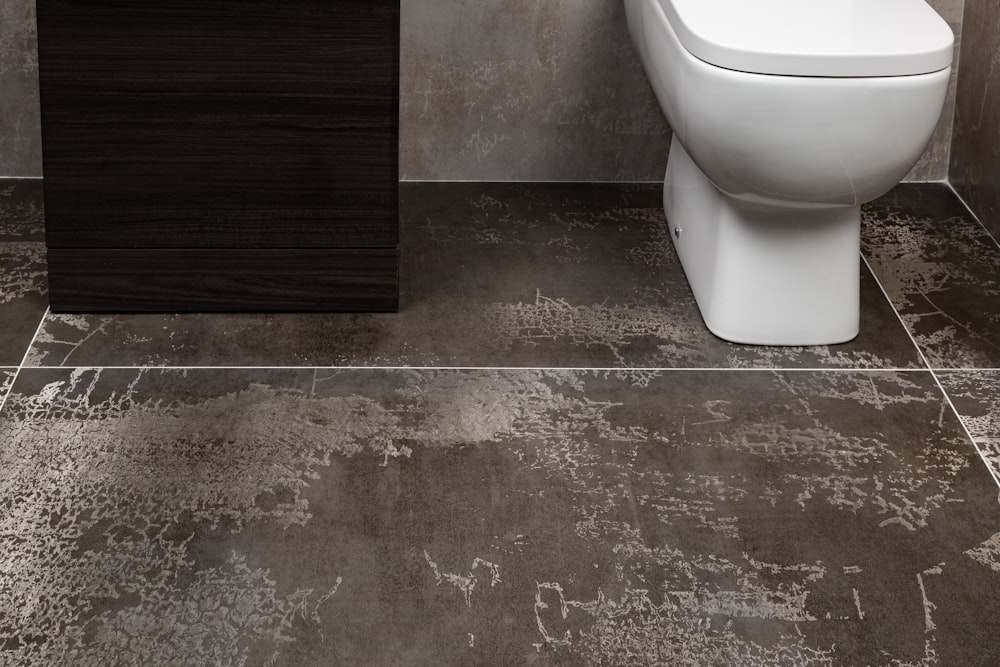Many industries use large, industrial-scale blenders to mix products. While you may be familiar with the ubiquitous kitchen appliance, an industrial blender is an enormous piece of machinery designed for large-scale production. They can be used for pharmaceutical products, food-grade blending, or construction.
If you’re familiar with ribbon blending, a fluidizer blender may look similar on the outside, but the inside is a different story. A fluidizer uses multiple differently-angled blades, unlike paddles or ribbon blades. This helps maintain a counter-current flow, which in turn keeps the material from spattering all over inside the container. A level mix is preferred since it’s easier to regulate and pour.
New Blender On the Block
While the fluidizer has been around for decades, it’s only in the last quarter-century that they’ve gained popularity in American industries. Long-time technicians and operators therefore may not be overly familiar with the fluidizer, especially if ribbon blades or paddles have been the primary blades used in mixers.
The benefits of a fluidizer blender are its speed and efficiency. With additional blades in service, a fluidizer can mix materials faster than a traditional ribbon blender. There is also an option to install what’s called a Variable Frequency Drive, which allows for more precise, gentle control of a mix — similar to what paddles are used for. A VFD on a fluidizer, however, lets the mixer blend the material faster than a normal paddle blender.
The initial cost of steel, labor, and installation can be higher than a traditional paddle or ribbon blender, but the benefits quickly pay for themselves over time. Your mixer can produce the desired materials faster, smoother, and with more precision. You can save labor and time with a fluidizer, and they can be designed specifically for your industry, so you know you are getting the right tool for the job.










